Lithium Battery Recycling Plant
Introduction
The research on the recycling of waste lithium batteries mainly focuses on the recovery of high-value anode precious metals cobalt and lithium. Copper (up to 35%) in the negative electrode of waste lithium batteries is an important raw material for production and has a wide range of uses. The carbon powder attached to it can be used as an additive for plastics and rubber. According to the structural characteristics of lithium batteries, our company adopts an environmentally friendly physical separation process to realize the efficient separation and recycling of waste lithium batteries. The lithium battery recycling production line is used for dismantling and recycling of pouch batteries, mobile phone batteries, shell batteries, cylindrical batteries, etc. The final products of this line are graphite powder, lithium aluminum cobaltate and copper.

Application field:Flexible packaging lithium battery, hard shell lithium battery, positive and negative plates, etc.
Processing capacity: 300-2500 (kg/h)
Finished products: graphite powder, lithium cobalt oxide, aluminum and copper
Motor power: 102-238 (kw)
Configuration plan: The specific configuration plan is determined according to raw materials and output.

Working principle: The pretreatment process of waste lithium-ion batteries mainly includes the following steps: after the recovered waste batteries are discharged, crushing, magnetic separation, winnowing, and crushing. Gravity separation, screening and other processes are carried out by mechanical equipment to effectively separate the powder on the positive and negative electrodes from the copper and aluminum foil, and the battery is treated as a valuable material.

The lithium battery recycling production line uses a conveyor to send waste batteries to the crusher in the first process for coarse crushing into block materials below 25mm, and the coarsely crushed materials are sent to the secondary crusher through an airtight conveyor to be crushed into 2-5mm The particles after medium crushing are transported by the closed conveyor to the linear vibrating screen for screening. This step separates the separator paper, black powder and mixed particles in the waste battery, and the separator paper passes through the airflow separator. Carry out sorting, this step can obtain the black powder of 80%. The screened mixed particles are transported to the third-stage pulverizer through the conveyor. The conveyor is equipped with magnetic rollers, which can distinguish iron in the particles. The materials pulverized by the third-stage pulverizer are collected by the aggregate and transported to the linear vibrating screen for screening. This step can separate part of the black powder from the metal sieve, and this step can obtain 90% of the black powder. Among them, the screened materials are transported to the high-speed turbine grinder for grinding through the aggregate, and the ground powder materials are transported to the linear vibrating screen for secondary screening. This step can recover 99.9% of black powder. The remaining material is conveyed to the air specific gravity separator to separate the copper from the aluminum screen. The whole production line is equipped with dust removal system, no dust environmental pollution.

Product configuration:
The lithium battery recycling production line is mainly composed of four parts: conveying system, crushing system, screening system, and dust removal system.
Conveyor system: Closed belt conveyor, screw conveyor, collector and other conveying equipment.
Crushing system: Shredder, Hammer Crusher, Knife Crusher, High Speed Turbine Grinder.
Screening system: linear vibrating screen, air flow separator, air specific gravity separator.
Dust removal system: pulse dust removal system, photovoltaic deodorization system.

It can be used to disassemble and recycle flexible packaging batteries, mobile phone batteries, shell batteries, cylindrical batteries, etc. Different types of lithium batteries have different recycling procedures. Henan Shunzhi adopts an environmentally friendly physical separation process to achieve efficient separation and recovery of waste lithium batteries. The final products are graphite powder, lithium cobalt, aluminum and copper.
Advantages:
1. PLC control, uniform feeding, intelligent operation, automatic alarm function, high degree of program automation, simple operation and stable performance;
2. The bearing of the grinding machine adopts a water-cooling system, which greatly improves the service life of the bearing.
3. The waste battery shredder equipment is equipped with a hydraulic system, which facilitates the replacement of wearing parts and improves work efficiency
4. The sorting rate of lithium-ion battery airflow separation equipment is as high as 95%
5. The dust removal rate of the pulse dust collector is over 99.99%, and there is no dust pollution.
6. Low power consumption, low noise, small footprint, no dust pollution;
7. The range of sorting materials is wide and the sorting speed is fast;
8. No waste gas emission, truly green and environmentally friendly sorting, no secondary pollution;
9. Water-cooled and air-cooled turbine pulverizers are used to separate materials more cleanly.
Technical parameters:
| Feature Item | Indicator Requirments |
| Recovery Rate of Metallic Aluminum | >98% |
| Powder Recovery Rate | >98% |
| Content of Powder In Metal Aluminum | <2% |
| Other | Contain dust collecter with not pollute |
| Qualified Rate | 99% |
| Failure Rate | <1% |
| CMR | ≥1.67 |
Henan Env-Guard Machinery Equipment Co., Ltd. can carry out professional scheme design and equipment matching according to your actual needs.
You are welcome to consult at any time.

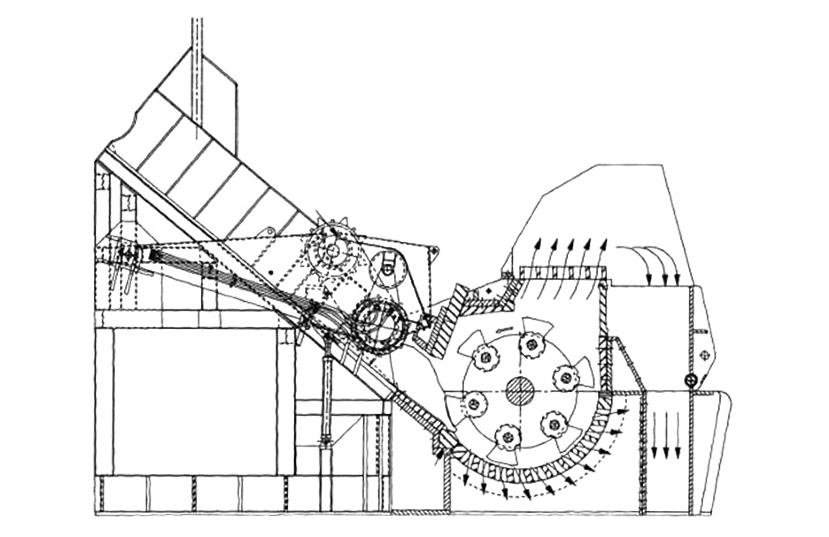
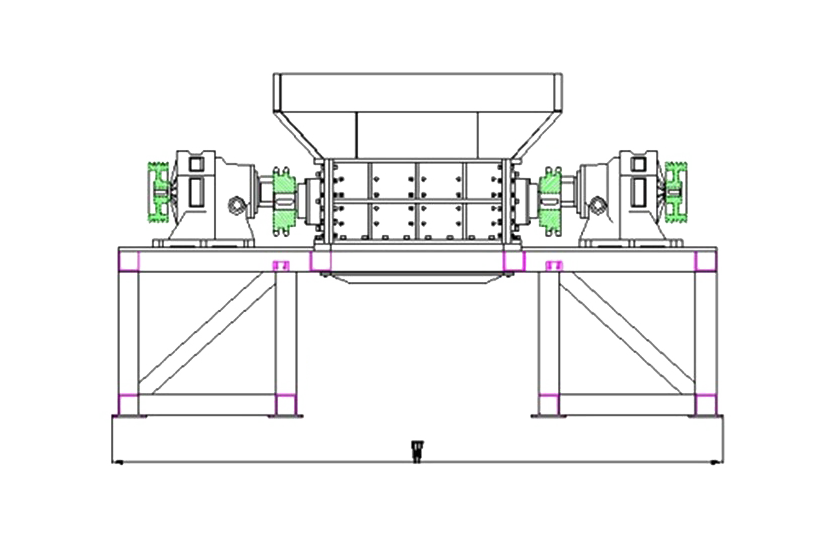
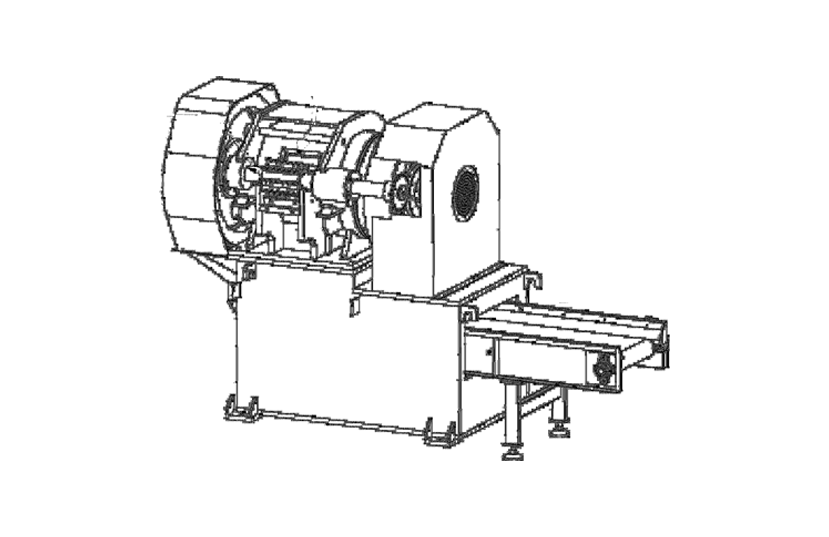
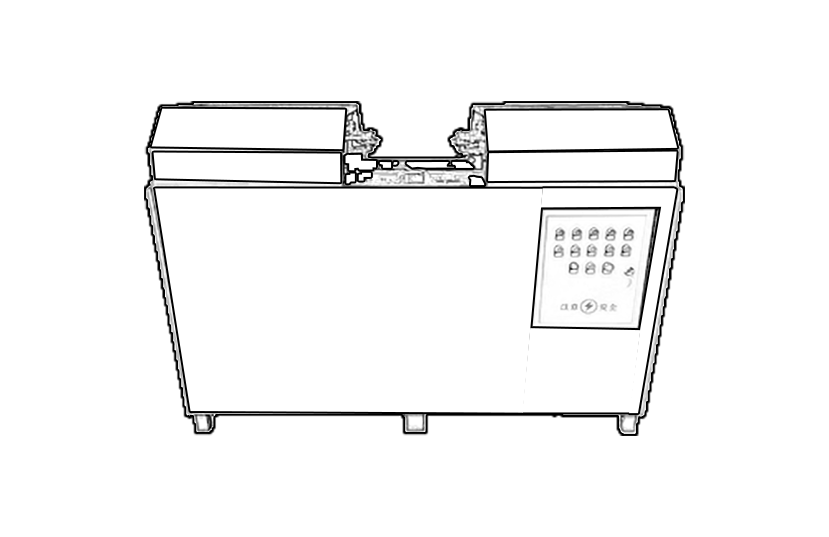






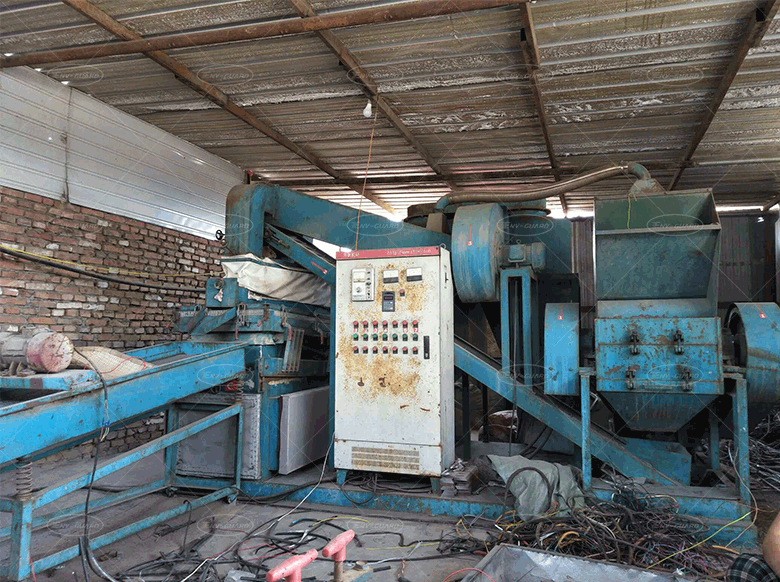
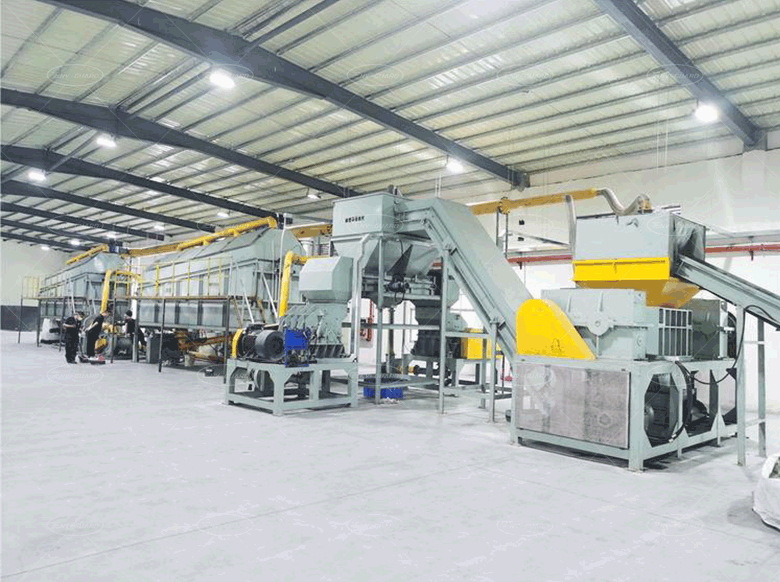
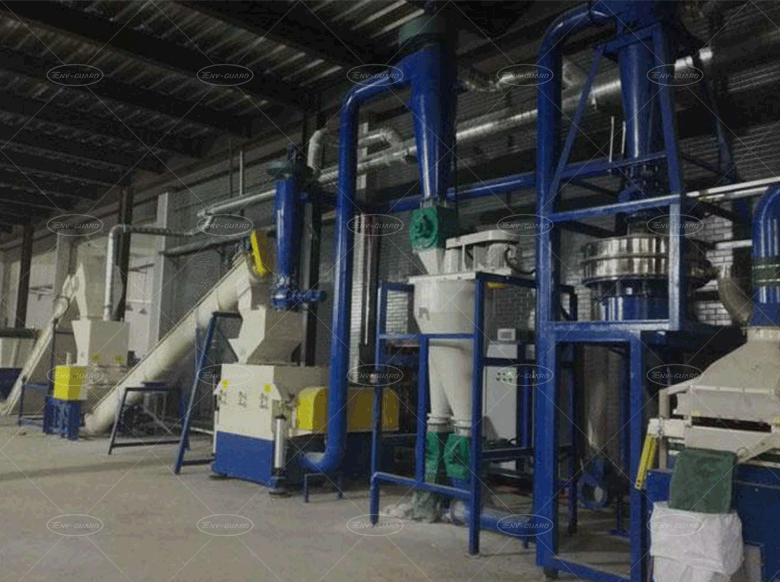

 Consultation
Consultation